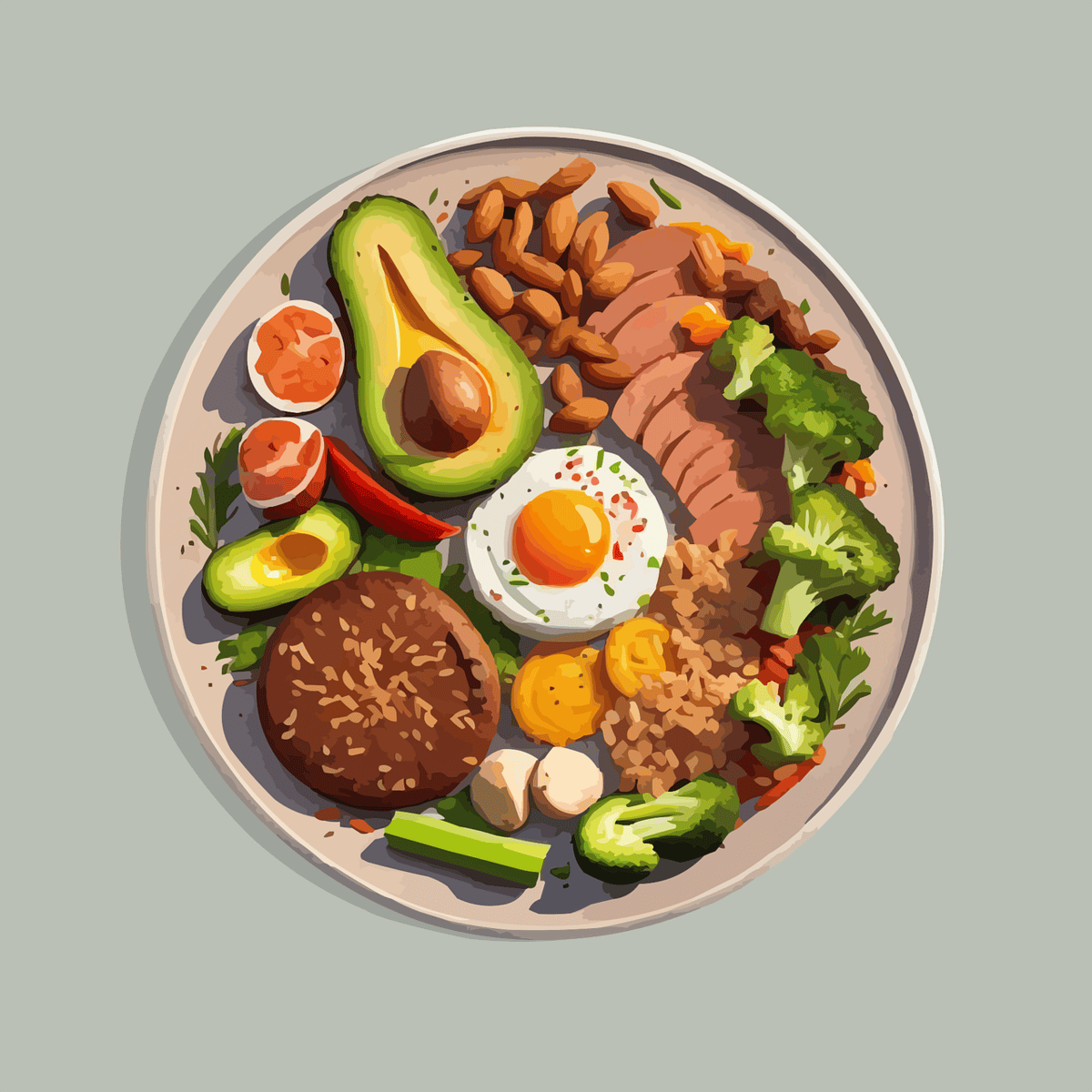Keto-Friendly Vegetables: A Comprehensive Guide
The ketogenic diet, commonly known as the keto diet, has surged in popularity among health enthusiasts and those looking to shed extra pounds. Central to this low-carb, high-fat lifestyle is the importance of incorporating keto-friendly vegetables into your daily meals. These vegetables provide essential nutrients while keeping carbohydrate intake in check, thus supporting the body's state of ketosis. This article explores the best keto-friendly vegetables and how they can enhance your dietary experience.
Understanding Keto-Friendly Vegetables
Keto-friendly vegetables are low in carbohydrates and high in fiber, vitamins, and minerals. By emphasizing these nutrient-rich options, you can maintain a balanced and satisfying diet while on your keto journey. Let’s delve deeper into the categories of vegetables that will serve your keto objectives best.
1. Leafy Greens
Leafy greens are a cornerstone of the keto diet. They are packed with vitamins and minerals and contain minimal carbohydrates. Here are some excellent choices:
- Spinach: With less than 1 gram of net carbs per cup, spinach is versatile and can be used in salads, smoothies, and cooked dishes. It's also rich in iron and calcium, making it a powerful addition to your plates.
- Kale: This superfood is low in carbs and high in vitamin K and antioxidants. Use it in salads or bake it into crispy chips.
- Swiss Chard: Slightly more unique, Swiss chard is loaded with vitamins K, A, and C. It has about 2 grams of net carbs per 100 grams.
2. Cruciferous Vegetables
Known for their unique flavors and health benefits, cruciferous vegetables are also keto-friendly:
- Broccoli: With just about 4 grams of net carbs per cup, broccoli is excellent roasted, steamed, or added to stir-fries. Its high fiber content supports digestive health.
- Cauliflower: A popular low-carb substitute for rice and potatoes, cauliflower boasts only 3.2 grams of net carbs per cup, making it a must-have in keto cooking.
- Cabbage: With 3 grams of net carbs per cup, cabbage is hearty and versatile, ideal for salads and stews.
3. Other Low-Carb Vegetables
In addition to leafy greens and cruciferous vegetables, several other options are beneficial:
- Asparagus: Only 2 grams of net carbs per cup, asparagus is nutritious, with vitamins A, C, E, and K.
- Avocado: Technically a fruit, avocados are a keto favorite, providing healthy fats and just 2 grams of carbs per 100 grams.
- Celery: Containing about 1 gram of net carbs per stalk, celery is refreshing and hydrating, perfect for snacking.
- Cucumber: With 1.6 grams of net carbs per half-cup, cucumbers are crispy and refreshing, great in salads.
- Eggplant: Low in carbs with 3 grams per cup, eggplant is ideal for Mediterranean dishes and can add a meaty texture to meals.
Tips for Incorporating Keto Vegetables
To maximize the benefits of keto-friendly vegetables, consider the following tips:
- Variety is Key: Include a wide range of veggies to ensure your diet is nutrient-rich.
- Cooking Methods: Opt for grilling, roasting, or steaming to prepare vegetables while preserving their nutrients.
- Portion Control: Maintain awareness of carbohydrate content per serving to stay within daily limits.
- Pairing: Combine vegetables with high-fat foods such as cream cheese or olive oil to optimize flavor and adhere to keto guidelines.
Avoiding High-Carb Vegetables
It’s essential to also know which vegetables to limit or avoid entirely on the keto diet. Steer clear of:
- Root Vegetables: Potatoes, sweet potatoes, and carrots are generally too high in carbohydrates.
- Starchy Vegetables: Corn, peas, and butternut squash can sabotage your carb goals.
- Certain High-Fiber Vegetables: While fiber is good, onions and artichokes can unexpectedly add to your carb count.
Explore Our Ebooks
If you're eager to dive deeper into the keto lifestyle, we invite you to explore our range of affordable ebooks at Keto 1 Dollar Ebooks. Our ebooks cater to various interests, including meal planning, recipes, and dietary tips—all starting from just $1.
Consider books like:
- "Your Ultimate Keto Menu Plan for Healthy Living and Weight Loss" that highlights effective meal planning strategies for successful keto adherence.
- "Delicious Healthy Keto Meals for a Balanced Lifestyle" which provides dozens of recipes featuring keto-friendly vegetables.
Conclusion
Incorporating keto-friendly vegetables into your meals is an essential step towards achieving your health and weight loss goals on the ketogenic diet. By making informed choices and utilizing resources like our ebooks, you can enjoy a nutrient-dense, satisfying, and delicious keto experience.
Ready to transform your keto journey? Visit Keto 1 Dollar Ebooks today and discover how affordable nutrition can enhance your lifestyle. Happy cooking!
null
Next Steps
Now that you have a detailed understanding of keto-friendly vegetables, it's time to incorporate them into your diet effectively. Start by drafting a weekly meal plan that highlights these low-carb options, such as spinach, cauliflower, and broccoli, ensuring variety to cover a broad spectrum of nutrients. Visit local grocery stores or farmers' markets to source fresh, budget-friendly vegetables, focusing on seasonal produce for better deals. Experiment with different cooking methods—like steaming or roasting—to keep your meals flavorful and satisfying. Additionally, consider checking out our ebooks for more tips and recipes that emphasize keto-friendly vegetables, allowing you to broaden your culinary horizons without straining your wallet. Embrace these steps consistently to create delicious meals that help you stay on track with your keto goals!
null
